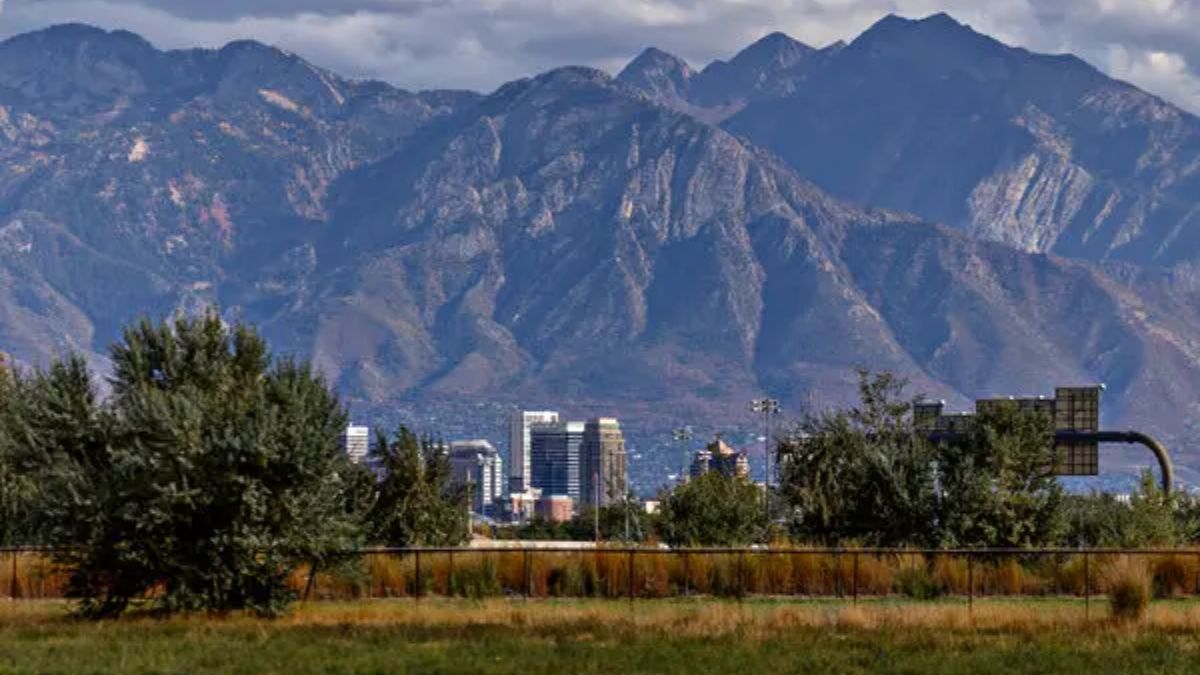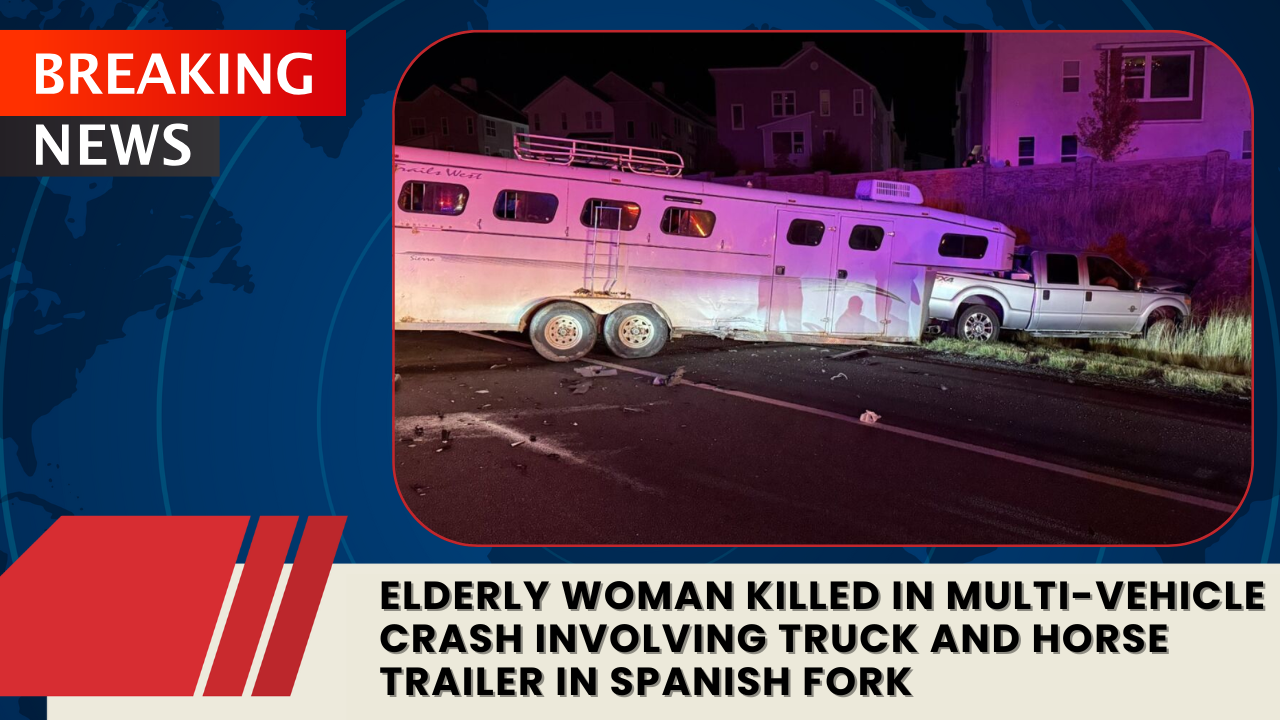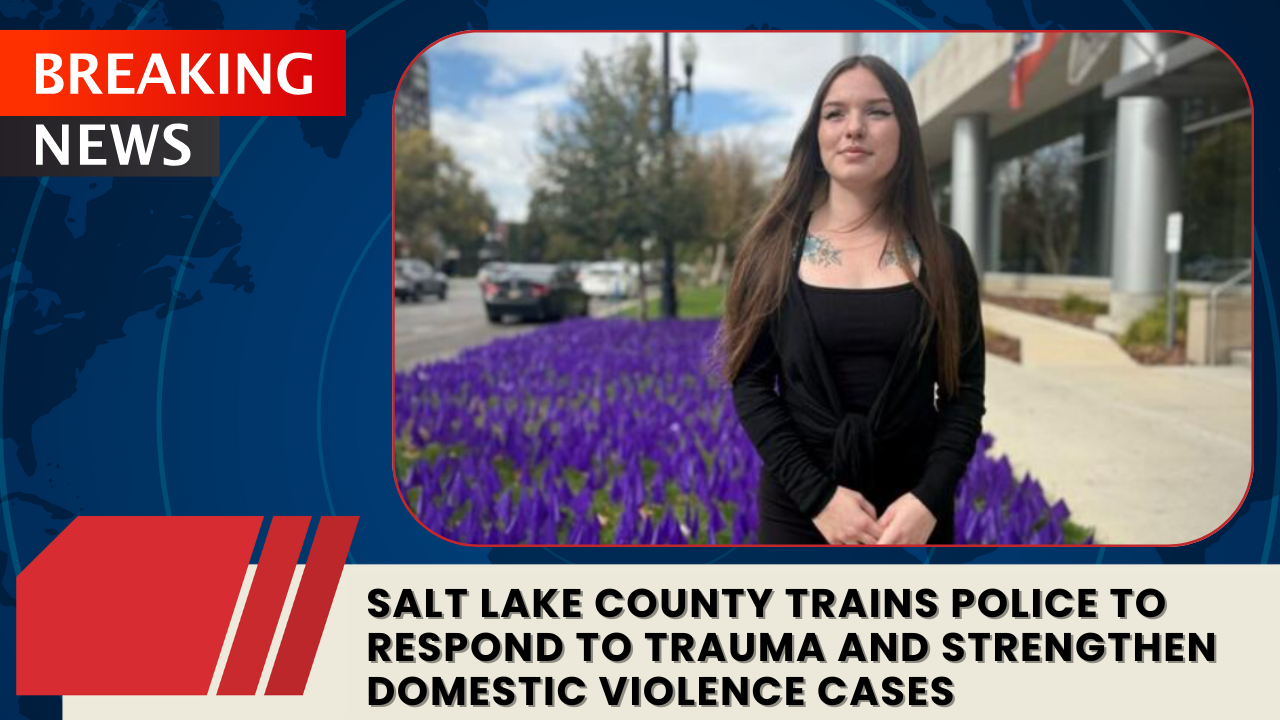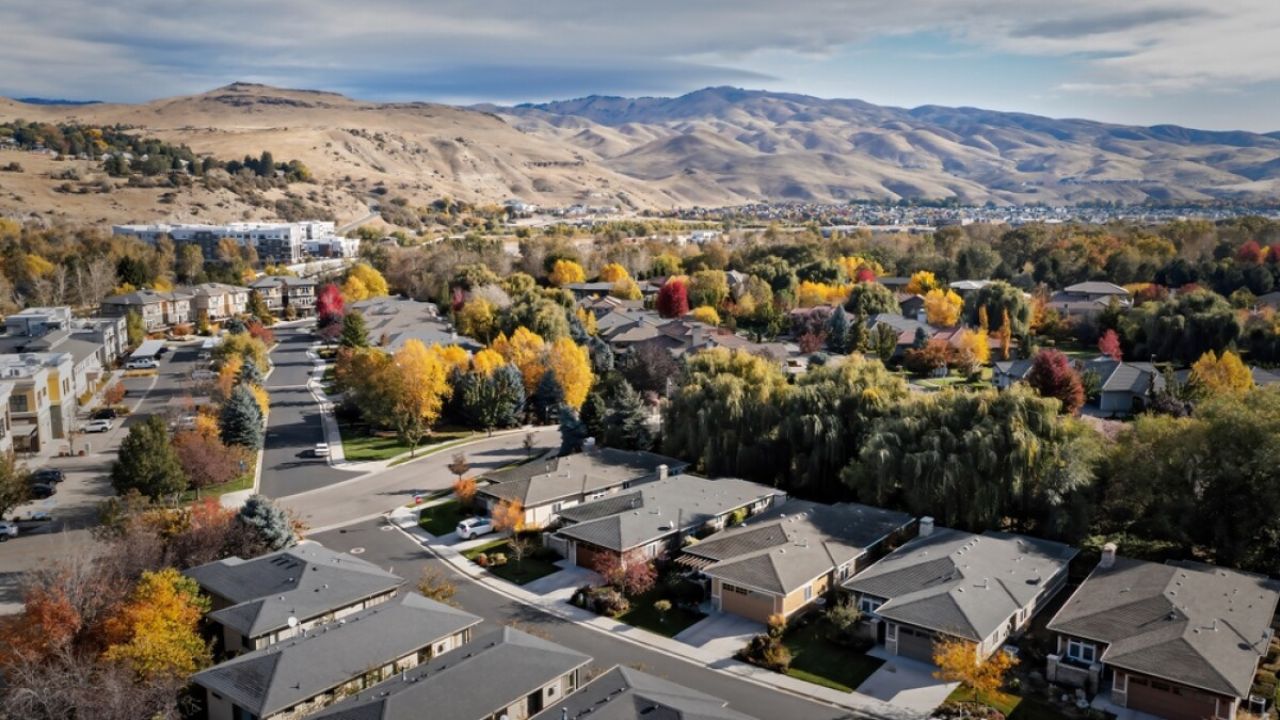On the rural perimeter of Salt Lake City, Utah, state officials have identified a 16-acre plot of scrubby pasture land where up to 1,300 unhoused individuals may be relocated. Supporters present the site as a “services campus” designed to address addiction and mental-health issues; critics worry it represents a detention-style model rather than a humane refuge.
Site Plans and Government Intent
The state’s planning teams, working behind closed doors until last month, say the location—once chosen in secret—will provide structured services for people sleeping on the streets, many of whom suffer from untreated illnesses and die at alarming rates. The facility is being described as an alternative to unsheltered life, but also embraces mechanisms to compel treatment and removal from urban centres.
Officials have declared that outdoor sleeping will be banned in certain areas. As a result, relocation to the remote site may become the only alternative to jail for some homeless Utahns. The scheme also intends to permit hundreds of mentally-ill homeless individuals to be held under court-ordered civil commitment, with an “accountability centre” created specifically for individuals battling addiction.
According to Randy Shumway, chair of the state Homeless Services Board: “An accountability centre is involuntary, OK — you’re not coming in and out.” The board states its mission is to end what it describes as a “culture of permissiveness” and guide homeless persons toward “human thriving.”
National Context and Presidential Influence
Although Utah’s plan was conceived before Donald Trump returned to office, it aligns closely with his campaign and administrative rhetoric. The former president promised to shift the homeless away from urban cores into “tent cities” outfitted with services—and his July executive order emphasised strict bans on public camping and broader authority for involuntary treatment of homeless populations. The Republican-led state government, including Spencer Cox, quickly embraced the federal direction and instructed Utah planners to follow that path.
Concerns and Criticism
Critics contend that moving vulnerable individuals to a remote site raises serious civil‐liberty concerns and that the promised services may never fully materialise. Their worries are heightened by concurrent deep cuts to Medicaid that could affect the project’s funding.
Scheduled to open in 2027, the facility is being viewed as a realization of Trump’s earlier remarks in which he likened homelessness in major cities to “unsanitary nightmares” and committed to using “large parcels of inexpensive land” where “[dangerously] deranged” people could be located and their issues determined.
National Homelessness Law Center attorney Jesse Rabinowitz compared the model to historically reprehensible relocation camps: “It reads similar to rounding up Jews or other people the Nazis didn’t like.”
A Return to “Treatment-First” Approach
For years, Utah was seen as a pioneer of the “Housing First” model, which places individuals into permanent housing and offers voluntary support. Research shows Housing First is effective at keeping people housed, though less clear on improving health outcomes.
The new campus signals a shift back to a treatment‐first model—aid and shelter contingent on sobriety and psychiatric compliance. While praised by conservative policy groups such as Cicero Institute, this approach attracts criticism for excluding those unable or unwilling to comply.
Governance, Oversight and Implementation
As preparation for the campus moved forward, the Republican‐controlled legislature replaced the state homelessness board—previously including many nonprofit providers—with a smaller body led by political appointees and business interests, chaired by Randy Shumway. He describes the enterprise with business language: “We nerd out on things like Six Sigma and lean process re-engineering,” measuring progress via behavioural metrics under his so-called “pathway to human thriving.”
Shumway explains that about two-thirds of the 1,300 planned occupants could be subject to involuntary treatment. Of those, approximately 400 beds will focus on psychiatric care and another 400 on substance abuse treatment—offered as an alternative to incarceration. Law-enforcement “rescue teams” will identify people sleeping on the streets and present them with a choice: “come with us or go to jail”.
The ambition extends to expanding civil-commitment standards—the legal mechanism by which someone can be held for treatment—lowering the threshold for intervention. While no legislation has yet been passed in Utah to fully implement that change, the mechanics are under review.
Location, Access and Funding Questions
The site lies on the outskirts of Salt Lake City, near the airport, in a remote location where industrial development abuts open land. Its isolation—public transport is two miles away and roads lack sidewalks—raises doubts about accessibility and long-term viability. One state senator asked pointedly: “What makes you think anybody’s going to stay there? … oh yes — they don’t have the right to leave. That’s what is going to make them stay there.”
Financially, the plan projects about $75 million for construction and around $34 million annually to operate. Some relief may come from outpatient mental-health services in a dedicated federal clinic. But the plan also proposes redirecting roughly $17 million in federal homelessness grants now used by community groups to shelter housing initiatives—a move that community leaders warn may pull people out of housing and into homelessness instead.
Conflict-of-interest allegations have also surfaced. The services board recommends statewide adoption of a software system called Know-by-Name, promoted by Shumway’s consulting firm. Food-pantry operator Bill Tibbitts wrote to the governor and legislature: “When he advocates for this use of taxpayer dollars, he is not a disinterested party.”
Community Reaction
Among local landowners, unease is growing. One adjacent property‐owner, Nichole Solt, became emotional when describing how the campus plans encroach on her horse fields and rural tranquility: “They tell me there’s going to be all this security, but the reality is they’re going to be in my backyard.”
Some homeless individuals in Liberty Park, Salt Lake City’s outdoor gathering area, said they had not heard of the planned campus. One man, Randy Zumwalt, said the idea of removing services from downtown may hold some appeal: “How do you stay clean when you’re surrounded by people you’ve been dirty with?”
But when shown the rendering of the plan, one woman, Elizabeth Lowe, responded skeptically: “So straight up, this reminds me of a concentration camp… I mean — would we be able to leave of our own free will?”
Governor Cox, speaking at a homeless-services conference, described the campus as “one of the most significant steps forward in decades in our state,” and urged professionals to “lean in and meet this moment with us.” He framed the venture not merely as infrastructure, but as “a statement of who we are as a state.”
Utah’s proposed 1,300-bed facility marks a bold shift in homelessness policy—one leaning heavily on involuntary treatment, relocation to remote sites, and a return to a strict “treatment-first” philosophy over housing as the primary solution.
While supporters hail it as a model of efficiency and reform, critics raise serious concerns about civil liberties, access to care, funding sustainability and community impact. As the campus moves toward its slated 2027 opening, the evolving debate in Utah may well foreshadow how homelessness is addressed across the nation.



